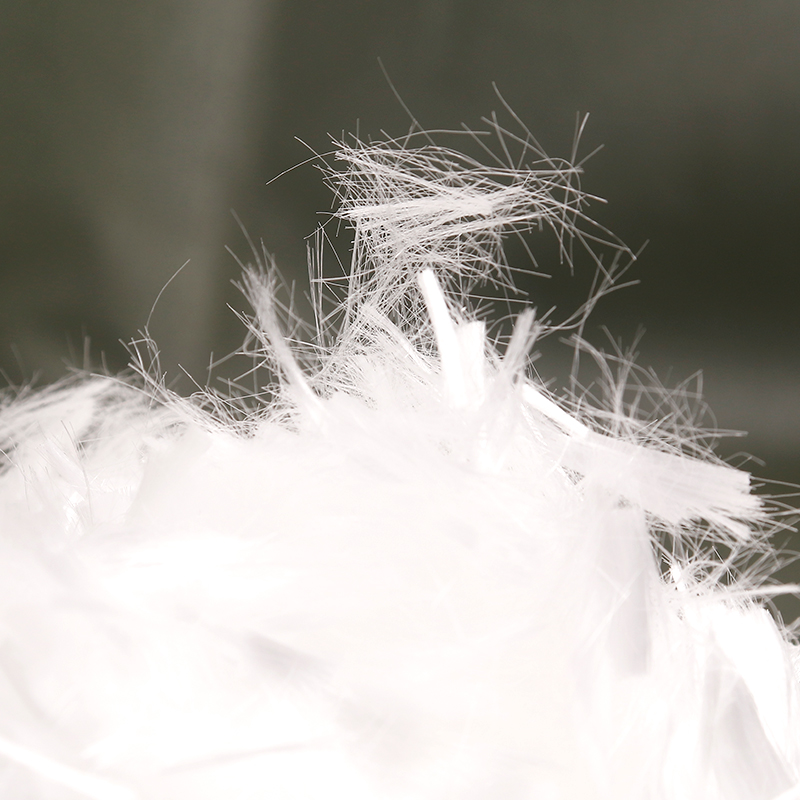Foamed cement
Writer: admin Time:2023-11-20 15:08 Browse:
Foamed cement, as a new type of building insulation material, has the advantages of good insulation, sound insulation, and high fire resistance. It is generally a lightweight and porous structural material made by adding chemical foaming agents to the cement slurry to produce bubbles. It is widely used in wall insulation, roof insulation, foundation backfilling, and other fields, with broad prospects.
However, during the preparation of foamed cement, problems such as easy segregation and bleeding of the slurry, easy cracking of the product, and poor toughness are very common. We have found through years of research in the laboratory that adding modified polypropylene fibers can effectively solve these problems.
Polypropylene fibers are commonly used, but ordinary polypropylene fibers have a smooth surface and no polar groups on their molecular chains. When mixed with foamed cement, there are problems such as poor dispersion performance and poor bonding performance with the basic interface, which seriously weakens their effectiveness. Therefore, surface modification is crucial.
The surface chemical grafting modification of polypropylene fibers ,like FD9130,involves using peroxides and other initiators to introduce active centers onto the fibers, followed by grafting copolymerization with functional monomers such as acrylic acid and maleic anhydride. Polar branched chains are introduced onto the fibers to improve their hydrophilicity, adhesion, and other properties.
After chemical grafting modification with acrylic acid, the chemical bonding force between polypropylene fibers and cement matrix is enhanced, improving the interfacial bonding between the two, inhibiting the generation of new cracks in foamed cement and constraining the extension and expansion of original cracks, thereby reducing the plastic shrinkage cracking of foamed cement and refining its plastic shrinkage cracking.
